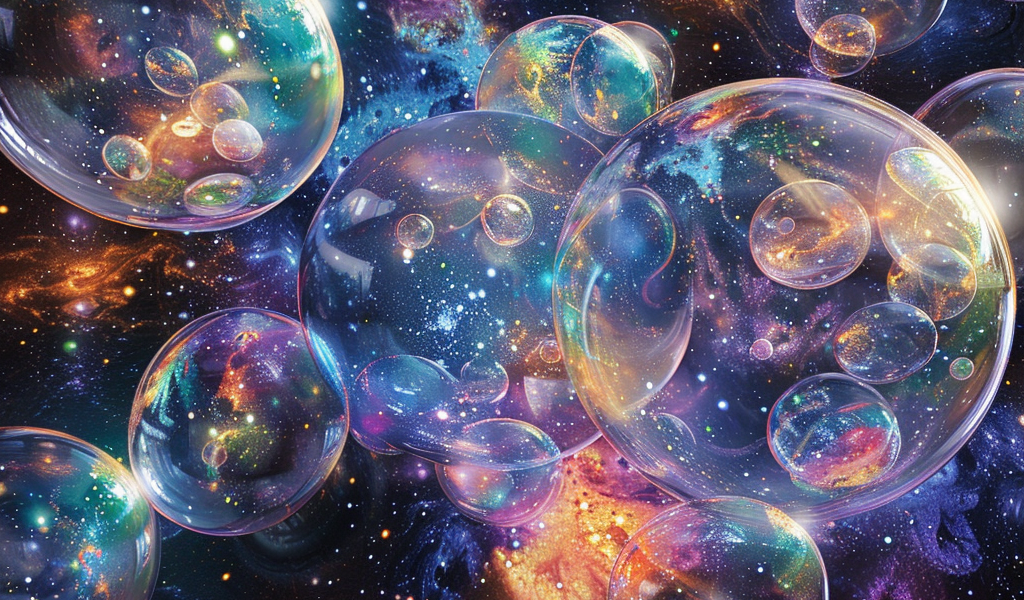Here’s Why We Might Live in a Multiverse
Several branches of modern physics, including quantum theory and cosmology, suggest our universe may be just one of many
A computer illustration of multiple bubble universes as predicted by the eternal inflation theory. Credit: MARK GARLICK/SCIENCE PHOTO LIBRARY
Multiverse
Humans live in a universe: that is a fact. Up for debate, though, is whether the universe lives in a sea of other universes—a multiverse.
The idea of a multiverse is the subject of much science fiction—but it’s also a real possibility (or, rather, a set of many possibilities) that some scientists take seriously and investigate.
Multiversal concepts pop up in several branches of modern physics. In quantum mechanics, for instance, a particle exists in a superposition of possible states all at once—until, that is, someone tries to make a measurement of it. At that point the possibilities collapse, and one physical state shows itself to the observer. The “many worlds” interpretation of quantum mechanics, though, posits that all the possible states that the measurement might have shown play themselves out in different universes, each with a different version of the observer.
The many worlds interpretation is perhaps the most famous scientific idea that results in a multiverse. But it’s far from the only one. In his new book The Allure of the Multiverse: Extra Dimensions, Other Worlds, and Parallel Universes, physicist Paul Halpern of Saint Joseph’s University explores these potential parallel realities and their histories and evolutions, philosophies and insights into the nature of science.
What, exactly, is a multiverse anyway?
There are different ideas about the multiverse: cultural ideas and scientific ideas. Those notions tend to be very different. The cultural ideas apply to human life. People wonder what would have happened if they had moved to a different city, taken a different job, decided to pursue different hobbies or had a different relationship. They imagine paths they didn’t take and try to picture what would happen.
In science the idea can be split into the quantum multiverse and the cosmological multiverse.
The quantum multiverse is a possible answer to the question of what happens when measurements are taken in quantum physics, and how human life is connected to the quantum world. That was addressed in 1957 by a young graduate student, Hugh Everett III, with the many worlds interpretation. He speculated that different possibilities split into different universes—and that humans experience multiple realities but don’t really know about their doppelgängers.
Finally, there’s the cosmological multiverse, which is the idea that a process called inflation, the rapid expansion that is





